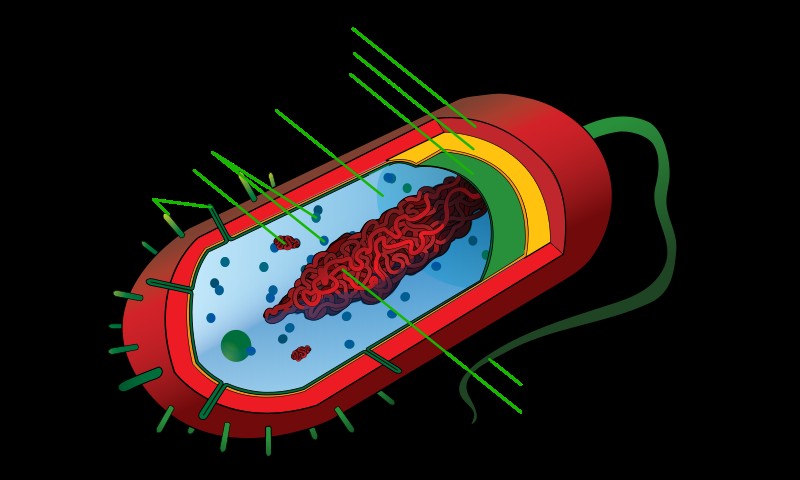A cell is the fundamental unit of life. However, cells vary significantly in size and structure depending on the organism. This article delves into the size differences between plant, animal, and bacterial cells, exploring their unique characteristics and functions.
Cell Size Comparison: A Microscopic Perspective
The most striking difference between these cell types lies in their size. Bacterial cells are the smallest, followed by animal cells, with plant cells being the largest. This size disparity reflects their differing complexities and functions.
Bacterial Cells: The Miniature Marvels
Bacterial cells are prokaryotic, lacking a nucleus and membrane-bound organelles. Their average size ranges from 0.5 to 5 micrometers (µm) in diameter. This tiny size allows for rapid nutrient uptake and waste removal, contributing to their remarkable ability to reproduce quickly.
Animal Cells: Diverse and Dynamic
Animal cells are eukaryotic, possessing a nucleus and various organelles enclosed within membranes. They are larger than bacterial cells, typically measuring 10 to 30 µm in diameter. This increased size accommodates the more complex internal organization required for specialized functions within multicellular organisms. The diverse shapes of animal cells reflect their specific roles, from the elongated muscle cells to the irregularly shaped nerve cells.
Plant Cells: The Sturdy Scaffolding
Plant cells, also eukaryotic, share similarities with animal cells in terms of organelles. However, they are generally larger, ranging from 10 to 100 µm in diameter. This larger size is partly due to the presence of a large central vacuole, crucial for maintaining turgor pressure and storing water and nutrients. The rigid cell wall, composed of cellulose, provides structural support and protection, further contributing to their larger size.
Factors Influencing Cell Size
Several factors contribute to the size differences between these cell types:
- Surface Area to Volume Ratio: Smaller cells have a higher surface area to volume ratio, facilitating efficient nutrient exchange. Larger cells require specialized mechanisms for transport within the cell.
- Cellular Complexity: Eukaryotic cells, with their intricate internal organization, tend to be larger than prokaryotic cells.
- Functional Requirements: The specific functions of a cell influence its size. For example, plant cells’ need for large vacuoles for water storage contributes to their larger size.
Conclusion: Size Matters in the Cellular World
The size differences between plant, animal, and bacterial cells are not arbitrary but are closely linked to their distinct characteristics and functions within their respective organisms. While bacterial cells excel in rapid reproduction and metabolic efficiency due to their small size, the larger size of plant and animal cells accommodates the complex machinery required for their specialized roles in multicellular life. Understanding these size differences provides valuable insights into the fundamental principles of biology and the diversity of life on Earth.
